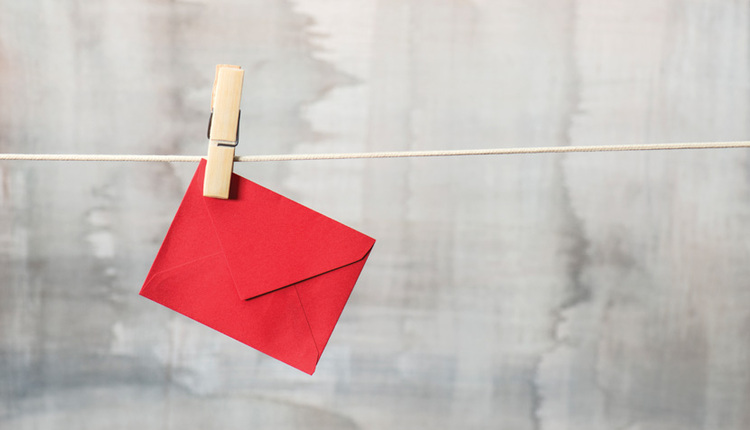
Electronic billing makes so much sense. Yet, two market traits surprise me:
1. 80% of all electronic payments start out as a paper invoice.
2. Businesses continue to apply the same strategies hoping to grow eBill adoption but often meet with limited success. This is an example of Albert Einstein’s definition of insanity—doing the same thing over and over again and expecting different results.
So let’s dig a bit deeper.
People like to pay their bills electronically because there is something in it for them: They save money (no postage), and it’s quicker and easier than writing and mailing a check. Going online to pay is more convenient than the alternatives.
eBilling on the other hand–and, here, I am referring to the traditional "come and fetch it off our portal"–is just the opposite. It’s time-consuming and inconvenient–there’s just not much in it for the recipient.
Consider the customer experience.
Receiving and processing a paper bill is rather simple. It takes just a few seconds to open the envelope, examine the contents and decide on next steps. On the flip side, signing up for eBilling on a portal requires a conscious effort by the recipient–to register (download an app if they want to use their mobile device), and then each month, they must go to the senders’ website and log in (hopefully remembering their user name and password), find the payment page and finally make a payment.
Receiving and processing a paper bill is rather simple. It takes just a few seconds to open the envelope, examine the contents and decide on next steps. On the flip side, signing up for eBilling on a portal requires a conscious effort by the recipient–to register (download an app if they want to use their mobile device), and then each month, they must go to the senders’ website and log in (hopefully remembering their user name and password), find the payment page and finally make a payment.
So what do most of us do? We take the path of least resistance. We continue to receive our paper bill in the mail and go to our bank’s website to make the payment. We don’t care about the benefit to the biller. We care about “what is in it for me?” What do I want? This could be either convenience or savings, or both.
The key is in offering choices.
The $64,000 question is, “How do you get more people to finally accept electronic delivery?" The answer is quite simple. You offer more choices (online, email, Consolidator) for customers to receive documents electronically, just like you provide multiple options to pay (walk in, mail, electronic check, IVR, credit and debit).
If more payment choices = more payments collected, then why would it be any different for delivering documents?
Customers come in all shapes and sizes. Some are highly connected or "early adopters"–they are more than happy to do whatever it takes to avoid getting paper mail–despite the extra work of registering and linking to multiple vendor websites every time they need to retrieve a document, statement or bill.
On the other hand, there are your "paperholics." Accept that some of your customers will never turn off the paper bill.
You will, however, find that the majority of your base (50%-60%) will be happy to go paperless if you make the transition as simple as possible and if you offer a better experience than paper.
What I am finding is that more and more companies are coming to the conclusion that if they truly want to replace paper, they need to start to do things differently.
What does this mean? It means removing the need to enroll, delivering instead of asking customers to fetch documents and adding functionality which enhances the biller/customer relationship. Some examples include: adding a payment mechanism to the eBill and providing safe links back to your website for TransPromo and self-service.
Running contests, planting trees or peppering the customer with eDelivery marketing in an attempt to grow your eBilling adoptees is just not going to cut it anymore.
Every letter sent through the USPS is a lost opportunity to lower costs, improve cash flow and, maybe most importantly, communicate with customers in a way that is most convenient for them, leading to a better experience and perhaps some new sales.
Maybe, just maybe, it is time to add a new electronic delivery channel and stop the insanity.
What do you think?




















